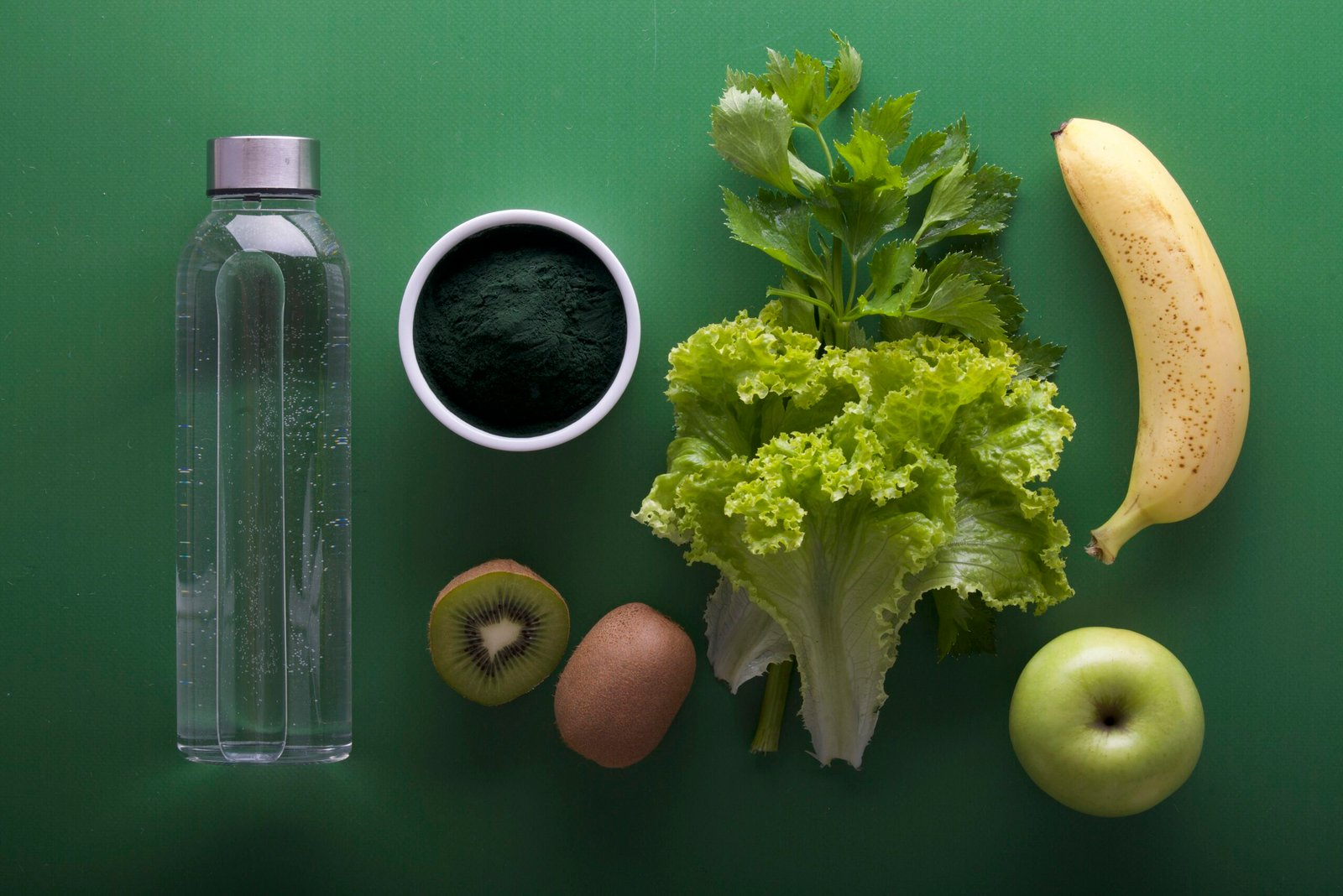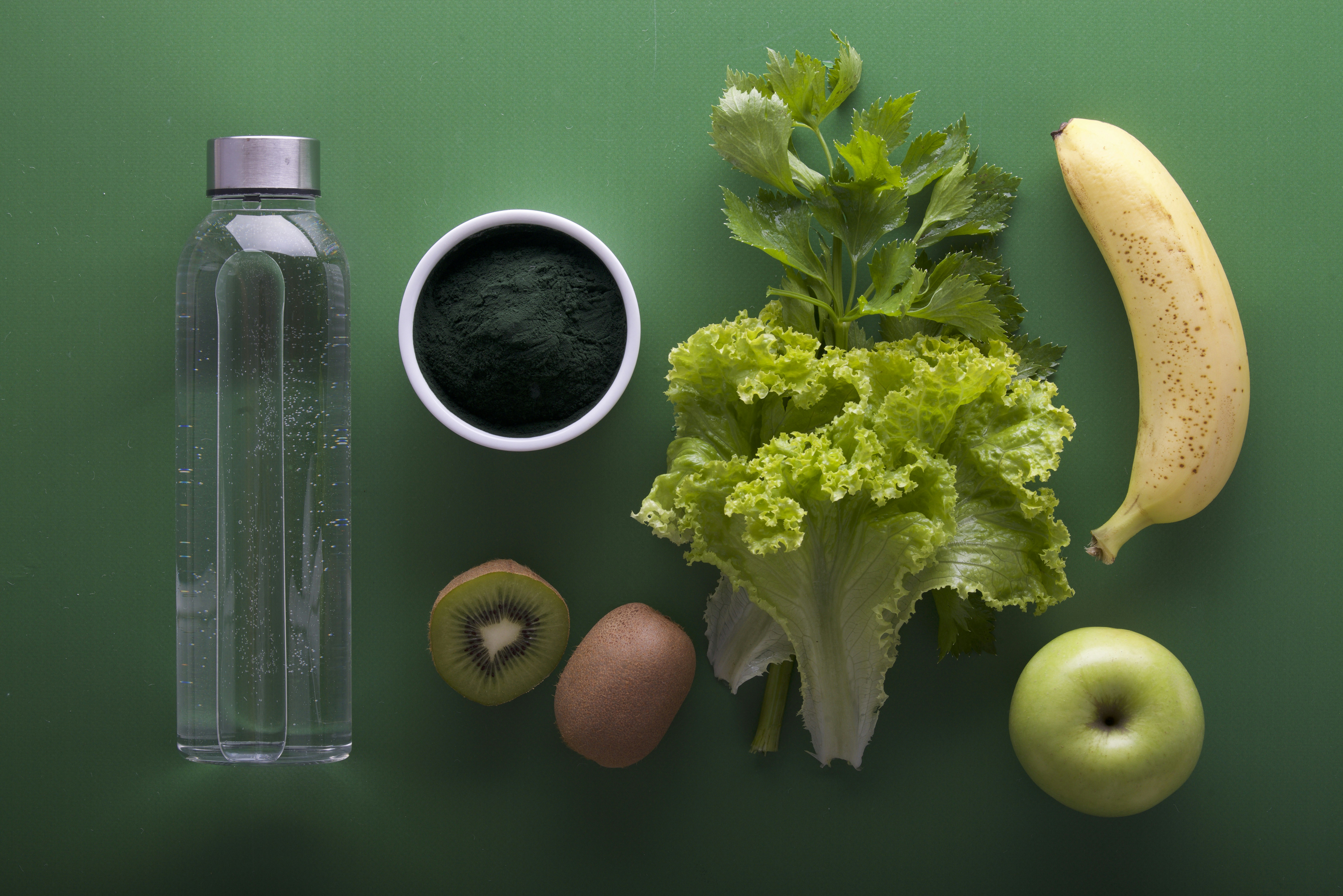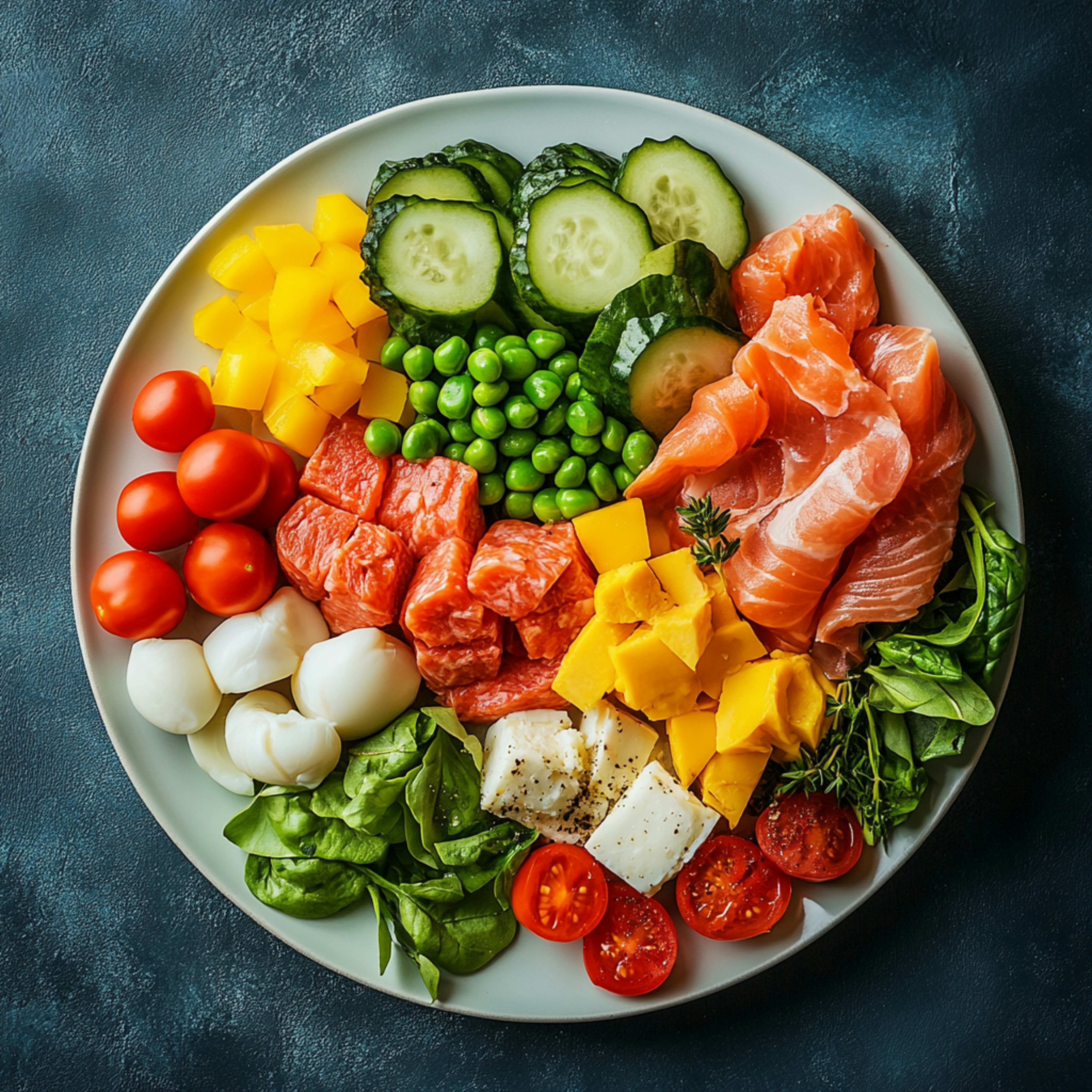Have you ever wondered how to enjoy your favorite foods while keeping an eye on their nutritional value and potential downsides? Balancing nutrient density with oxalate awareness might seem daunting, but understanding these concepts can empower you to make more informed dietary choices. It’s all about navigating the complexities of nutrition without feeling restricted.
Understanding Nutrient Density
Nutrient density refers to the amount of essential nutrients—vitamins, minerals, fiber, and other beneficial compounds—present in a food relative to its calorie content. In simple terms, nutrient-dense foods are those that pack a powerful punch in terms of nutrition without contributing excessive calories. Think of things like leafy greens, whole grains, lean proteins, and fruits.
When you focus on nutrient density, you’re prioritizing foods that support your health significantly. This doesn’t mean you have to eliminate your favorite treats; instead, it’s about finding a balance. You can enjoy the flavors and textures you love while ensuring you’re fueling your body efficiently.
What Are Oxalates?
Oxalates, or oxalic acid, are naturally occurring compounds found in many plants. While they can be part of a healthy diet, excessive oxalate intake can contribute to certain health issues, notably kidney stones in susceptible individuals.
Foods High in Oxalates
Some common foods are known for their higher oxalate content, often including:
| Food Item | Oxalate Content (mg per 100g) |
|---|---|
| Spinach | 970 |
| Rhubarb | 860 |
| Beets | 640 |
| Almonds | 475 |
| Sweet Potatoes | 82 |
If you’re prone to kidney stones or have been advised to lower oxalate intake, it’s best to be mindful of these foods. However, don’t let this dissuade you from including nutrient-rich options in your diet altogether.
The Nutrient Density vs. Oxalate Dilemma
It can feel overwhelming to navigate a landscape of nutrient-dense foods that might also have high oxalate levels. The key is to find a balance that works for you. You might love spinach for its iron content and other benefits, but it also has a high oxalate rating. So, how do you reconcile the two?
The Importance of Variety
One of the most effective ways to strike this balance is to diversify your food choices. No single food will meet all your nutritional needs or pose an oxalate risk alone.
Incorporate Low Oxalate, Nutrient-Dense Foods
Consider adding foods that are low in oxalates while still offering plenty of nutrients:
| Food Item | Nutrient Highlights |
|---|---|
| Kale | High in vitamins A and K |
| Broccoli | Loaded with vitamin C |
| Cauliflower | Contains fiber and folate |
| Chicken | Rich in protein |
| Quinoa | Complete protein source |
The idea here is to enjoy a variety of foods—mixing in those with lower oxalate content while still focusing on nutrient density ensures that you’re meeting your dietary needs without feeling deprived.
Cooking and Preparation Matters
You might not realize it, but the way you cook or prepare certain foods can significantly impact oxalate levels. Boiling, for instance, can help reduce the oxalate content in some vegetables.
Techniques to Reduce Oxalates in Food
Here are some cooking methods that can help you manage oxalate intake:
- Boiling: This method can reduce oxalate levels by 30% to 87% in certain vegetables.
- Soaking and Rinsing: For beans and grains, soaking them before cooking can help reduce oxalate content.
- Fermentation: Fermented foods can alter the bioavailability of oxalates and might be a healthier alternative.
- Pairing Foods: Combining higher oxalate foods with calcium-rich foods can bind oxalates in your gut, reducing their absorption.
By adjusting how you prepare food, you not only enhance flavors but can also make more health-conscious choices.
Listen to Your Body
At the end of the day, your individual body is the best gauge of what works for you. If you notice that certain foods, even those considered healthy, seem to lead to discomfort or adverse effects, it’s worth taking a step back to reassess your choices.
How to Tune In
- Keep a Food Diary: Track what you eat and how you feel. This can help you identify patterns and specific triggers related to high oxalate foods.
- Consult Professionals: If you’re unsure about how to balance nutrient density with oxalate awareness, consider chatting with a registered dietitian or nutritionist. They can help tailor a plan to suit your needs.
The Role of Calcium in Oxalate Management
One of the most fascinating aspects of oxalates is how they interact with certain nutrients—chiefly, calcium. Eating a calcium-rich meal alongside oxalate-rich foods can mitigate some negative impacts of oxalates, as calcium binds to oxalate in the intestines and reduces its absorption.
Calcium-Rich Foods
Some calcium-rich foods to consider include:
| Food Item | Calcium Content (mg per 100g) |
|---|---|
| Yogurt | 110-150 |
| Sardines | 350 |
| Tofu | 350-800 |
| Fortified Almond Milk | 200-450 |
When consuming high-oxalate foods, aim to incorporate one or more of these calcium sources to help balance your intake.
Mindset Matters
Nutritional awareness can often shift your mindset toward food. Many people experience stress or guilt tied to eating, especially when watching nutrient intake or trying to avoid oxalates.
Finding Your Balance
- Don’t Fear Foods: A holistic approach to nutrition allows for some flexibility. It’s okay to indulge in your favorite foods; just do so mindfully.
- Savor Every Bite: Eating should be enjoyable, not a stressor. Relish the flavors and textures, regardless of nutrient density.
- Practice Moderation, Not Deprivation: Enjoy a range of foods, focusing on balance instead of extremes.
Recommended Meals to Balance Nutrient Density with Oxalates
To make your planning easier, here are some meal ideas that embrace both nutrient density and oxalate awareness.
Breakfast Ideas
- Greek Yogurt Parfait: Layer Greek yogurt with berries (like blueberries, which are low in oxalates) and a sprinkle of granola.
- Oatmeal with Almonds: Cook oatmeal topped with a handful of almonds—keeping portion control in mind due to their oxalate levels.
Lunch Ideas
- Kale Salad: Toss kale with chickpeas, carrots, and a lemon-tahini dressing. Add sliced strawberries for sweetness.
- Grilled Chicken Bowl: Combine grilled chicken, quinoa, and steamed broccoli for a power-packed meal.
Dinner Ideas
- Baked Salmon: Serve salmon with cauliflower rice and asparagus to create a delicious and balanced dinner.
- Stir-fried Tofu: Use firm tofu with an array of colorful vegetables like bell peppers and carrots, served over brown rice.
Snack Ideas
- Fruit Smoothie: Blend banana with coconut milk and spinach (using a moderate amount) for a nutritious smoothie.
- Hummus and Vegetables: Pair hummus with carrot sticks, cucumber slices, or bell pepper strips for a crunchy snack.

Staying Informed
The world of nutrition is ever-evolving. Keep yourself updated on the latest research regarding oxalates and nutrient-dense foods. There are countless resources available, from reputable websites to articles in scientific journals, which can help you stay informed about what you put on your plate.
Questions to Consider
- Are there new foods that have emerged as superfoods with lower oxalate levels?
- How can food processing impact nutrient density and oxalate content?
Understanding these questions can lead you to discover even more options that harmonize nutrient intake with oxalate management.
Conclusion: Empowering Food Choices
Balancing nutrient density with oxalate awareness doesn’t have to be a struggle. By learning about what you eat, preparing meals mindfully, and listening to your body, you can create a diet that works for you. Embrace variety, enjoy your food, and remember that it’s all about finding what feels best for your unique dietary needs. You’re in control of your health journey, and knowledge is a powerful tool in shaping your relationship with food.





